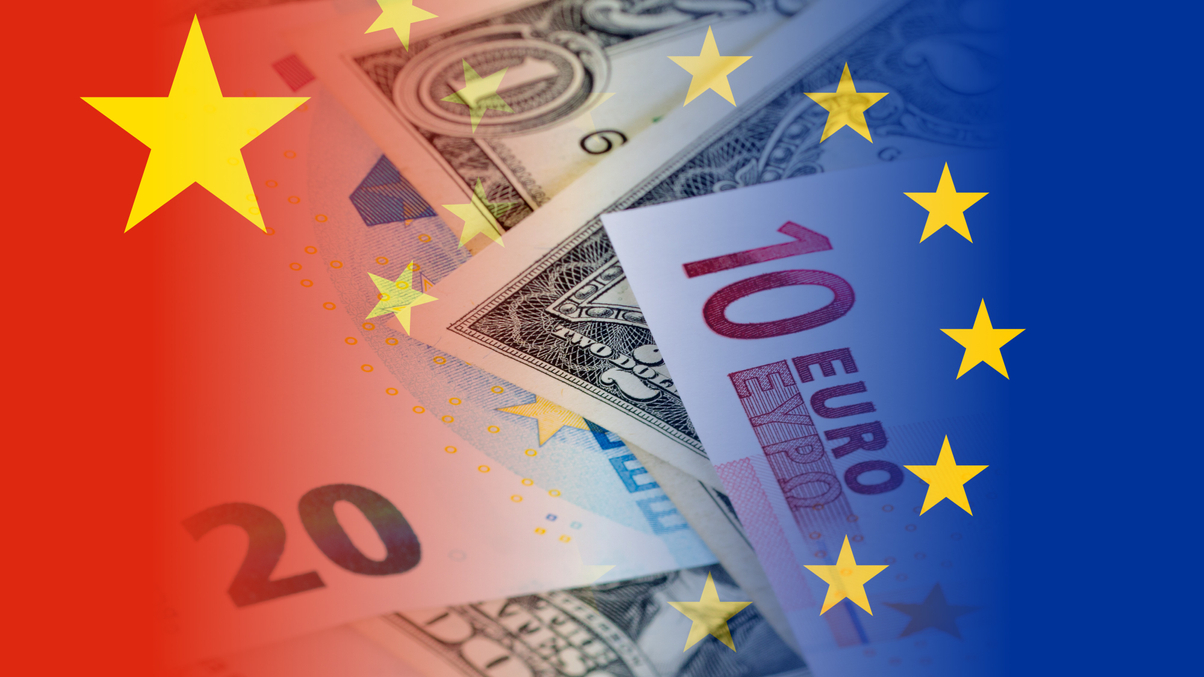China’s multilateral pacts seen as more political than economic
Investors believe the nation's multilateral cooperation objectives with Europe and Asia are mostly based on efforts to expand Beijing's political reach versus that of the US.

China’s multilateral agreements with the European Union (EU) and Asia as well as its international cooperation white paper published this month are seen by some experts as political manoeuvres that highlight China’s ambition to advance its influence in light of its tension with the US.
Sign in to read on!
Registered users get 2 free articles in 30 days.
Subscribers have full unlimited access to AsianInvestor
Not signed up? New users get 2 free articles per month, plus a 7-day unlimited free trial.
¬ Haymarket Media Limited. All rights reserved.


